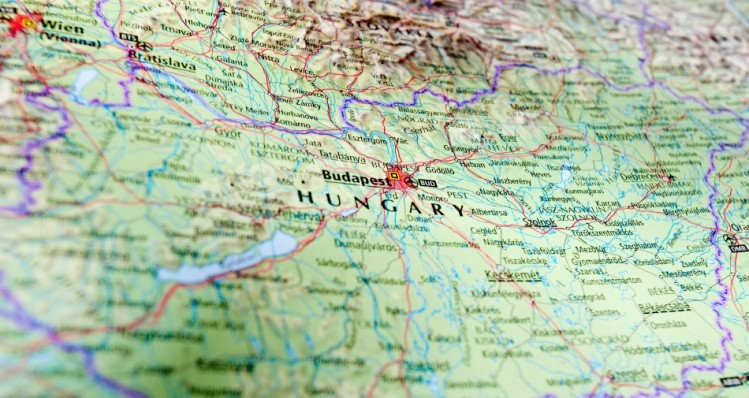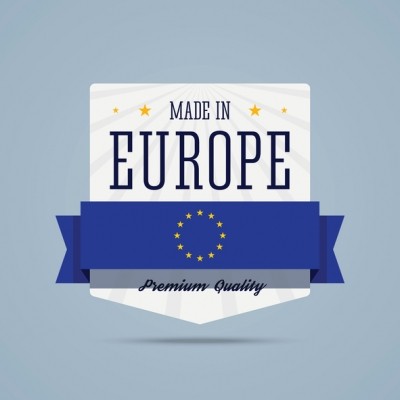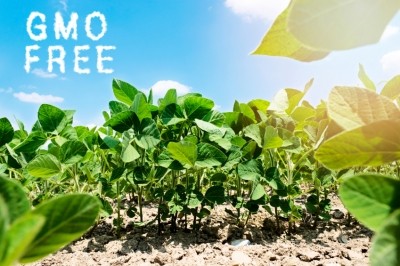Move to standardize GM free production throughout Danube region

The objective of the initiative to benchmark labelling and inspection is the strengthening of economically, ecologically and socially viable GM-free soy production in selected areas of the Danube region, said the project leaders, the German Corporation for International Cooperation (GIZ) and the Austrian Federal Environmental Agency.
Rules are set out for all stages of production, processing, marketing and transport of GM free food and feed.
Last week saw the developers hand over the documents to the relevant agriculture bodies.
“It is now up to the individual ministers to decide if and when to implement the standards in their countries, but, of course, these standards are completely voluntary. My hope is each minister will execute the process, I expect it will be a step by step approach, but one that will eventually allow comparable processes in all the participating countries,” Helmut Gaugitsch, from the Austrian Federal Environmental Agency, told FeedNavigator.
He was a key player in the development of the standards, along with Rosemarie Metz, from GIZ.
Background
The trigger for the initiative was a meeting in August 2013 of agriculture ministers of 15 countries in the Danube region organized by Slovenia and the Danube Soy Association to discuss the implications of regional cooperation for protein security.
The politicians agreed to set up a transparent, international standard for the traceability of production, control and certification of products as GM free for plant-based and animal protein products.
“The whole development process took about a year and half, during which there were intensive discussions, but we didn’t reinvent the wheel - we based the standards on the existing ones in Austria, Germany and Slovenia; the aim is that producers throughout the Danube region will fulfill the same criteria,” added Gaugitsch.
The benchmarking system is intended to support and give guidance to the countries in the Danube region which do not yet have their own national approaches for GM free labelling and control systems in place.
Trends
Sustainability, a increasingly regional focus and non-GM food and feed are becoming more important for consumers in Europe, according to the Danube Soy Association, which promotes GM-free soy cultivation in the EU and a migration away from reliance on third country protein imports.
Such trends are encouraging more European companies to convert their production processes accordingly, it added.
For this reason, it stressed a regionally harmonized, clear and achievable non-GM labelling standard is of great importance for its Danube Soy quality program to ensure the non-GM status of all components of its soy products, feed and processed products of animal origin.
Soybean production in the Danube Soy GM free cultivation region is set to grow 1.8% to 1.9m hectares, and output is forecast 17.1% higher to 4.3m MT this year.
The GM free soy comes from farmers in Hungary, Italy, Croatia, Serbia, Slovakia and Austria and smaller quantities from other countries within the Danube Soy region.
And mills are located in Hungary, Italy, Serbia, Switzerland and Austria and Germany, where ADM’s non-GM soy crushing facility went live in June this year. So the aggregate capacity of Danube Soy certified crushers now exceeds 750,000 tons.
The labelling and inspection standards can be read here.







